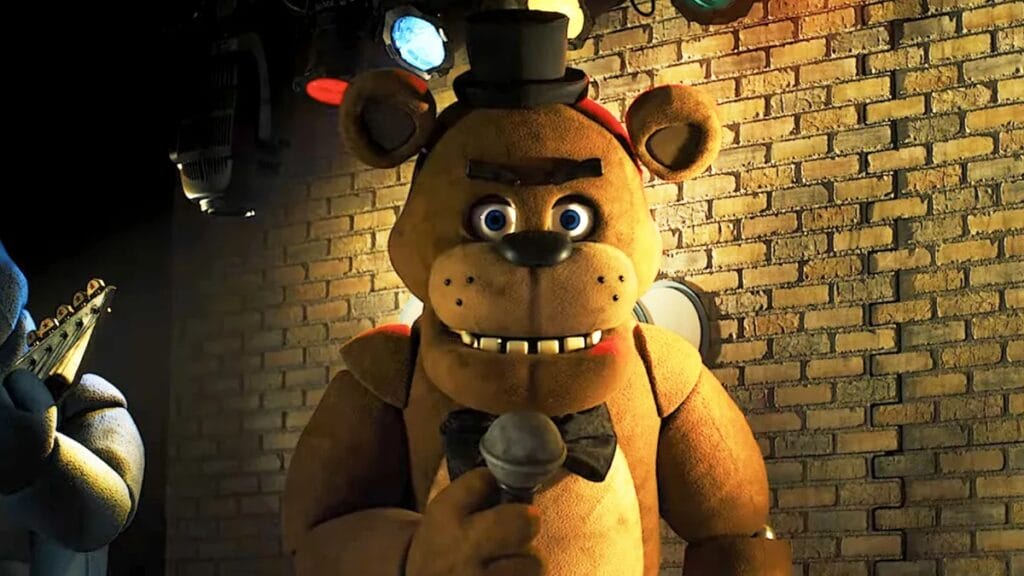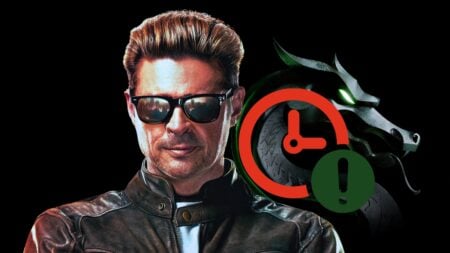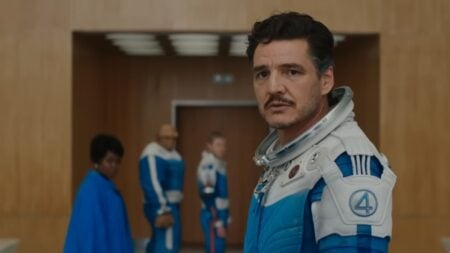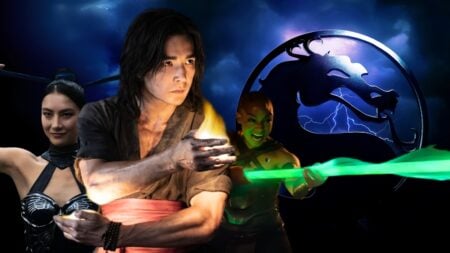Skip To...
I believe Universal Studios made The Five Nights at Freddy’s movie for children. Kids have loved the franchise since the beginning. If you were ten when the first title dropped, you’re only 19 now. However, eight-, nine-, and ten-year-olds fall down the FNaF rabbit hole daily. Children are more likely to buy merch and become obsessed with the franchise. Kids are a perfect target audience, but does that place the FNaF among the ranks of children’s horror?
Five Nights at Freddy’s Has a Relationship with Children

The ghosts of dead children animate the animatronics in Five Nights at Freddy’s. A serial killer named William Afton founded Freddy Fazbear’s Pizza to draw in more victims. He killed five children, hid their bodies in the animatronics, and let their spirits take over the machines. They wander Fazbear’s and attack any adults who intrude. That’s the premise of the piece. That idea does not work next to Monster House. Did you know that the director of Monster House was initially tapped to helm the FNaF movie? He stepped away in 2017 after the project left Warner Bros. but was the first name on the list. I think that demonstrates a strange view of the potential audience for a movie about a child serial killer.
Children’s horror, also known as family-friendly horror, is a subgenre of scary movies that lets the young get in on the fright. Examples are less common now than they were in the 80s and 90s. The Nightmare Before Christmas, ParaNorman, Corpse Bride, Coraline, and the aforementioned Monster House are great examples. Labyrinth and The Black Cauldron make the list too. The Five Nights at Freddy’s movie could fit into the family for the wrong reasons. Monster House is overtly aimed at kids. You can tell from all the gross-out humor and stuff they had to cut out. Conversely, Five Nights at Freddy’s is a movie aimed at everyone subtly trying to draw children.
Five Nights at Freddy’s Knows Its Audience
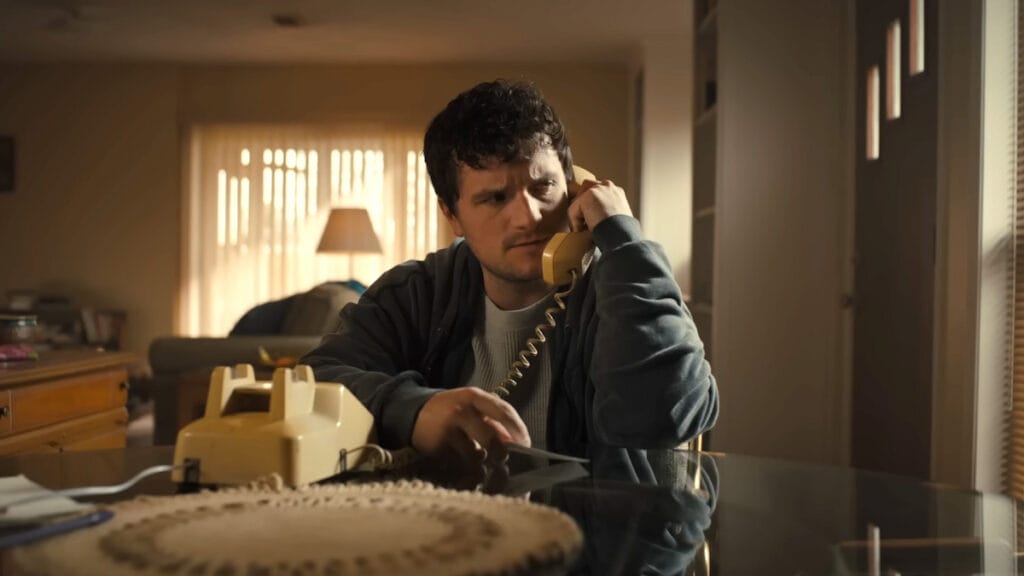
I’m not fond of the lore of Five Nights at Freddy’s. I didn’t go into the film with a history of watching YouTube deep dives. Instead, I took it as a standalone product. From that perspective, I can say that any viewer paying attention will see the twists coming. I felt the film telegraphing its reveals ages in advance of their importance. It’s ironic to see a franchise known for burying its lore instead splay out its details like it’s afraid you’ll miss something. I don’t see ineptitude in the choice to make things obvious. Instead, the writers (series creator Scott Cawthon included) seem to want to make their film inclusive. They leave no one behind, even people too young to admit they’re advertising to. Whether we like it or not, Five Nights at Freddy’s appeals to children. It might be more enjoyable to those under 15 than anyone else.
Five Nights at Freddy’s relies on an old trick. It’s about a friendly symbol of childhood glee turning sinister. The animatronics from Chuck E. Cheese fill the role of a clown or a doll. It’s meant to take something good, pure, and sweet from your memories and force you to fear it. A kid watching It may never have known a clown as anything other than a horror icon. Five Nights at Freddy’s manages the same trick. Kids innately understand the animatronics as horrific figures but ones they can play with. What’s the difference between them and Jack Skellington? They fit the same niche. Freddy Fazbear and his friends belong on toy store shelves. Universal saw what they had and reached their target audience without concern for how many grown-ups they had to bore.
It isn’t inherently sinister to appeal to children. I’m not interested in policing the MPAA’s abysmal rating system or telling kids what they can watch. Instead, I’m arguing that this film left its adult viewers behind. There are family-friendly films that are fun for every demographic. However, the Five Nights at Freddy’s movie doesn’t reach that level for me. Its writing, storytelling, and careful avoidance of anything objectionable compare poorly with other horror films. Make horror movies for kids or adults, but don’t try to sell grown-up audiences a story cut out for the Disney Channel.

